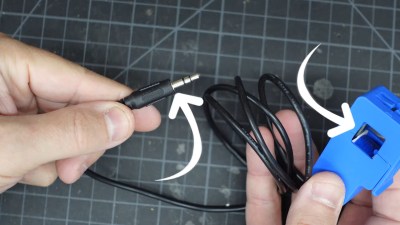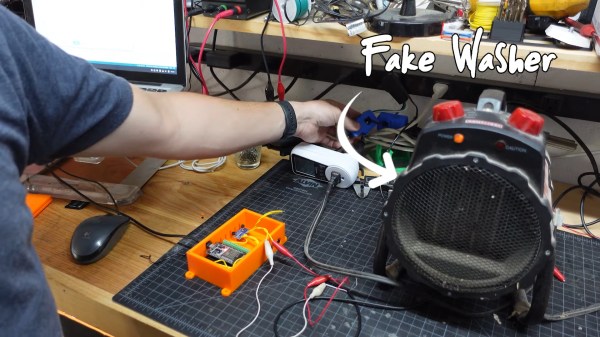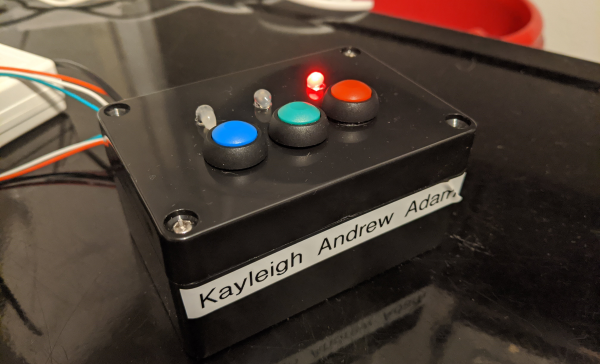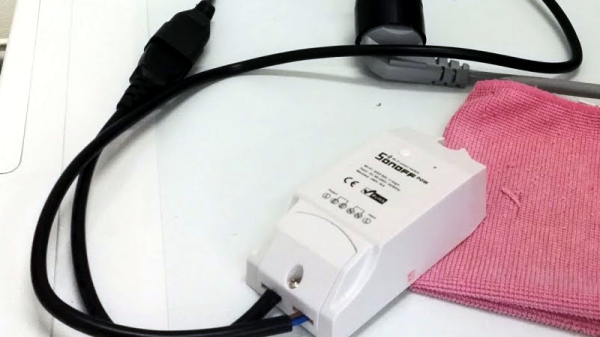For all that modern washers and dryers do, they don’t let you know when they’re finished. Or they do, but it’s only a short victory song that plays once and can be easy to miss. What most of us need is a gentle reminder that there’s damp laundry festering in the washer, or fresh laundry in the dryer getting wrinkly.
 This laundry monitor from [Sparks and Code] is version 2.0. The first version was working fine, but it was based on vibration (or lack thereof). Fast forward a few years, and [Sparks and Code] got a modern pair that’s so finely tuned, it doesn’t produce enough vibration to register. Back to the drawing board [Sparks and Code] went, and eventually came up with version 2.0.
This laundry monitor from [Sparks and Code] is version 2.0. The first version was working fine, but it was based on vibration (or lack thereof). Fast forward a few years, and [Sparks and Code] got a modern pair that’s so finely tuned, it doesn’t produce enough vibration to register. Back to the drawing board [Sparks and Code] went, and eventually came up with version 2.0.
Now, [Sparks and Code] is detecting whether the machines are on using a pair of split-core transformers to monitor power at the breaker box. With these, you just run the wire through the hole, and it gives the relative mV value going through the wire on a 3.5mm cable. Those cables are connected to an ESP32 inside the 3D-printed box, which is mounted above the cabinet door. Since [Sparks and Code] already has home assistants all over the house, it was easy to integrate and have them all play the message ‘please flip the laundry’.
Once this project was all buttoned up, they thought of one issue — the self-cleaning cycle. Since it takes about four hours, they like to run it overnight. You can see the problem here — no one wants to hear Alexa at 3AM. Fortunately, [Sparks and Code] was able to adjust the Python script to ignore these events. Be sure to check out the build video after the break.
If only the dryer could empty itself and fold the clothes. Oh wait, there’s a robot for that.




















